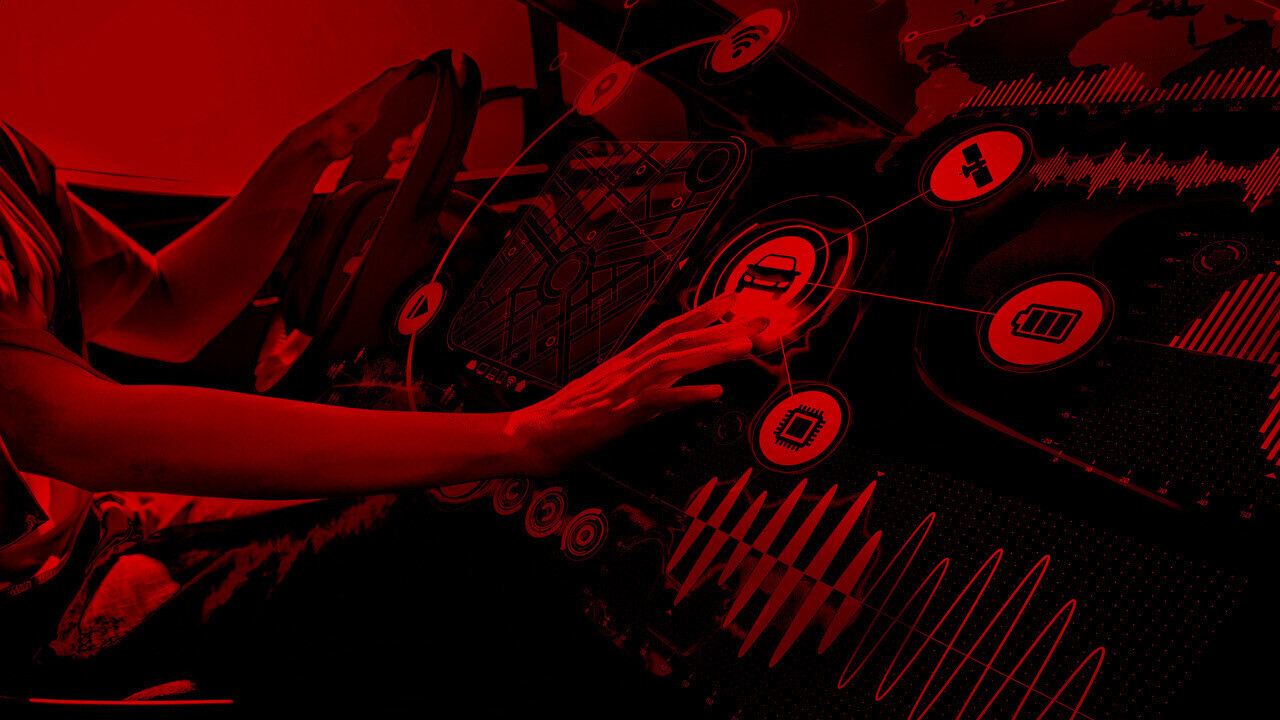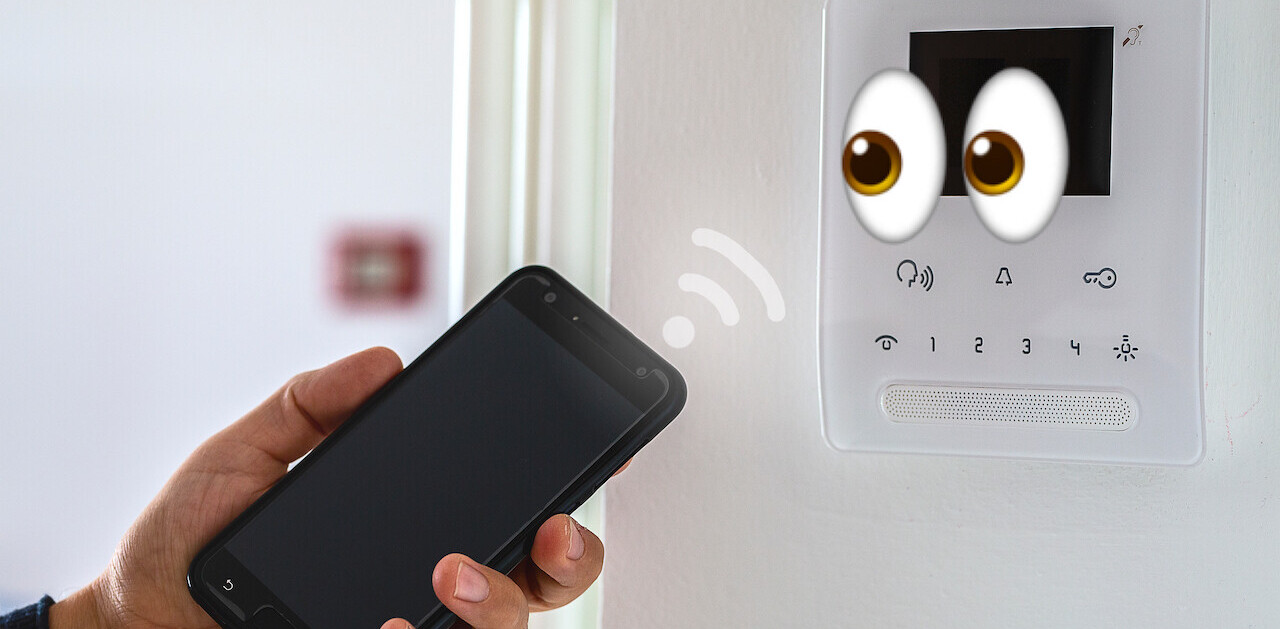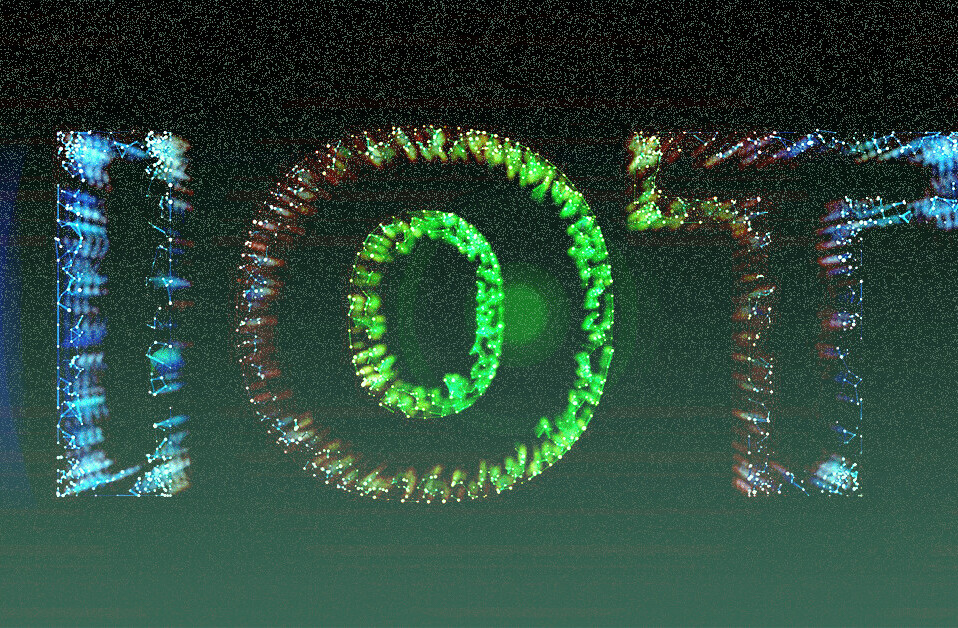
When I first started writing about IoT in 2013, device makers promised a world where IoT would seamlessly facilitate a machine-to-machine connection between the smart gadgets in our lives, including our smart home.
Made possible by machine learning, our devices would become instinctual in the way they spoke to each other and responsive — with no human interaction.
One of the most significant examples touted at the time was car-to-smart home solutions. In this concept, our car and home would join forces to make our lives easier by learning our routines and increasing our comfort, being able to anticipate our needs before we know what we want.
Well, I think we’re still waiting for this magical time when devices are “smart” instead of simply “connected.”
What’s happened in the space, and why have so few promises failed to translate to action? Let’s explore this further.
We’ve been promised car-smart home automation but given little

2016 seemed to be a magical year for car automation and smart homes. SmartThings partnered with BMW to control smart homes through the SmartThings app. Volkswagen and LG partnered, and Ford joined forces with Amazon.
However, these partnerships have failed to progress into meaningful consumer products. Instead, carmakers pivoted their IoT interest deeper into their own connected car capabilities, leaving the home out of the equation.
And, sure, we can turn on our car with the Alexa voice command, but this is still connected, not smart. And we can do this already with our mobile phones.
So what happened to the great integration?
In many respects, IoT is a victim of its own success. IoT devices are ubiquitous, and at least 37% of US households own at least one smart product – most commonly a TV.
The smart home market is competitive and one of the biggest problems is a lack of interoperability. Proprietary systems like Nest and Alexa don’t interoperate. This becomes more of a problem with the more devices you add.

For example, I look at my own phone and have three different apps to power my lights, excluding Alexa and Google.
This is very different from the promise of seamless IoT connectivity.
For example, what if my car could tell my home I was running late and trigger my connected cat toys to keep my cat company? Or identify that my car passed the pizza shop on the way home and preheat the oven? Imagine sensors in your car recognizing that you’re hot after a gym workout and sending a message to lower your home temperature automatically?
All of these would be things that wouldn’t require me issuing a voice command or clicking on an app — I’m sure you could think of examples in your own life too.
This is what you want… this is what you get
But instead, we’re left with a convoluted IoT ecosystem. Most devices don’t talk to each other inside the home — much less between the car and the house.
However, there are some wins. I see the biggest success, not by the smart home device makers or the automakers, but what I call the integrators.
Introducing EVEConnect

If you want your Tesla S to talk to your smart home, the EVE for Tesla app allows drivers and passengers to communicate directly with their smart home products. A comparable service is also available for Subaru drivers.
It’s the usual laundry list — home lighting, security locks, etc. — but what I like most is that the app integrates all of your connected home devices and brands into one convenient environment.
EVE for Tesla works with over 400+ smart home devices and smart home platforms Wink, SmartThings, Insteon, Home-Connect, Zapier, and Chamberlain. There are some shared functionalities available also with IFTTT.
Users can pre-set functions called “automations.” For example, pulling out of your driveway signals to close the garage door, lock the home’s exterior doors, and turn off the lights.
Is Mercedes Benz betting big on the smart home?

Beyond my laments, not all is lost. In October last year, Samsung partnered with Mercedes-Benz to help car owners control their smart homes via their cars.
Mercedes integrated the Samsung SmartThings platform into the Mercedes-Benz user experience (MBUX) voice assistant to let drivers remotely connect and control their SmartThings-powered smart gadgets.
Using natural language, such as “Hey Mercedes, did I forget to turn off my lights at home?” to “Hey Mercedes, is anyone at home?”, the MBUX Voice Assistant enables users to engage with their smart homes.
There are also retrofit options like Alarm.com’s connected car platform that can adjust your thermostat automatically when you’re on your way home. It can also turn your outdoor lights on as you pull into the driveway and alert you to potential security mistakes like leaving your garage open or the front door unlocked.
Why does all this matter?

The time we spent in our homes due to COVID-19 makes us realize the value of a smart connected home. Further, we’re seeing a lot of interest in the idea of vehicle-to-home charging, where our electric vehicle generates energy for our homes.
All of this requires stellar interoperability. Fortunately, the Open Connectivity Foundation (OCF) work leaves me confident that good things are coming.
The OCF is establishing interoperability standards for connected devices – enabling them to discover and communicate with one another, regardless of manufacturer, operating system, chipset, or physical transport. Their efforts include the writing of the OCF Specification (with its corresponding OCF Security Framework) and product certification and testing.
It’s time to put that data monitoring and surveillance to good use
Further, there’s a more significant issue at stake. We have apps and devices that generate data. The data generates insights about our past and present actions. It also makes calculated predictions about the next thing we’re going to do.
How much of these insights actually serve us, and how much of the value simply goes to advertisers?
Our connected devices know all about us. I want them to put those instincts to good use, providing seamless operability, not merely offering me targeted advertising.
Get the TNW newsletter
Get the most important tech news in your inbox each week.




